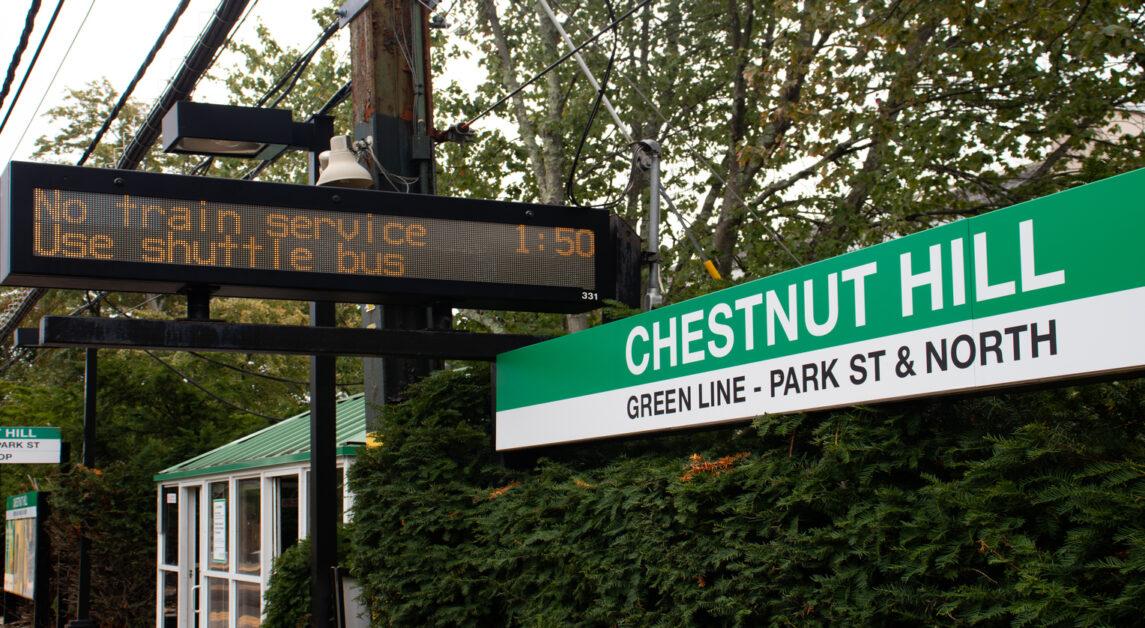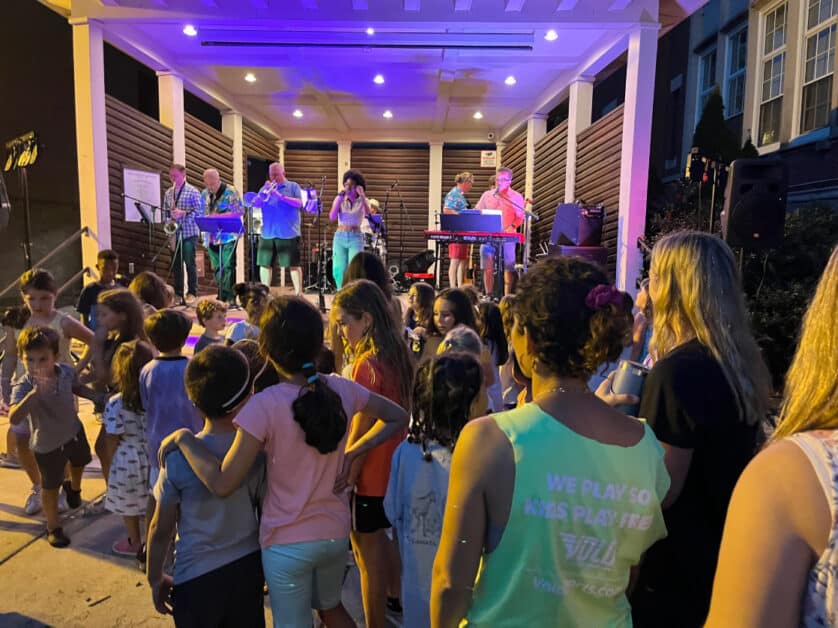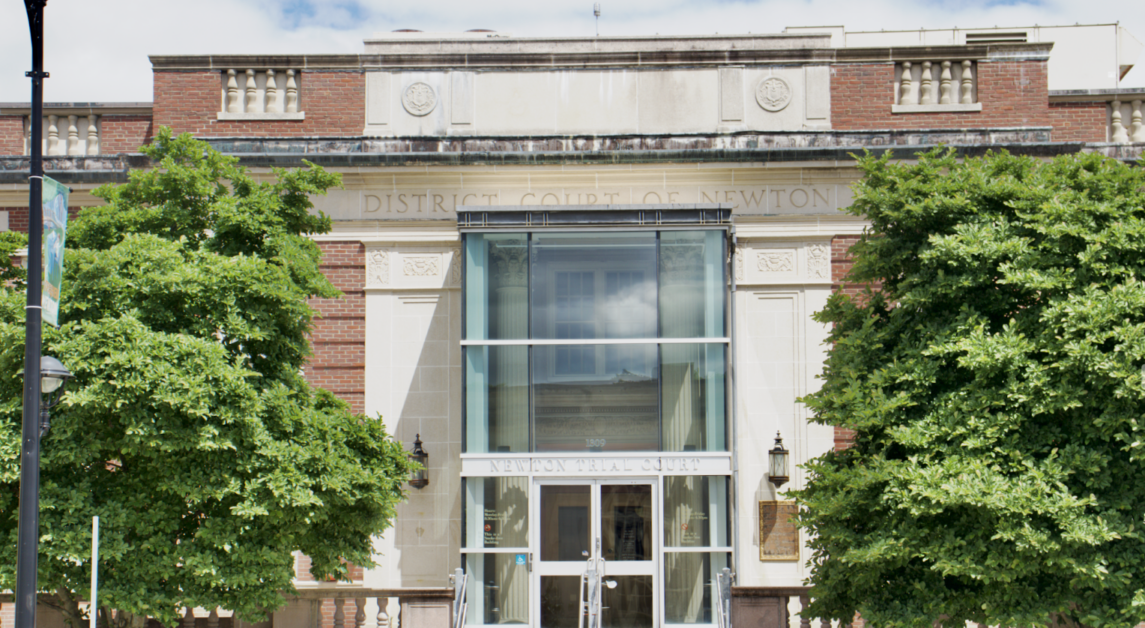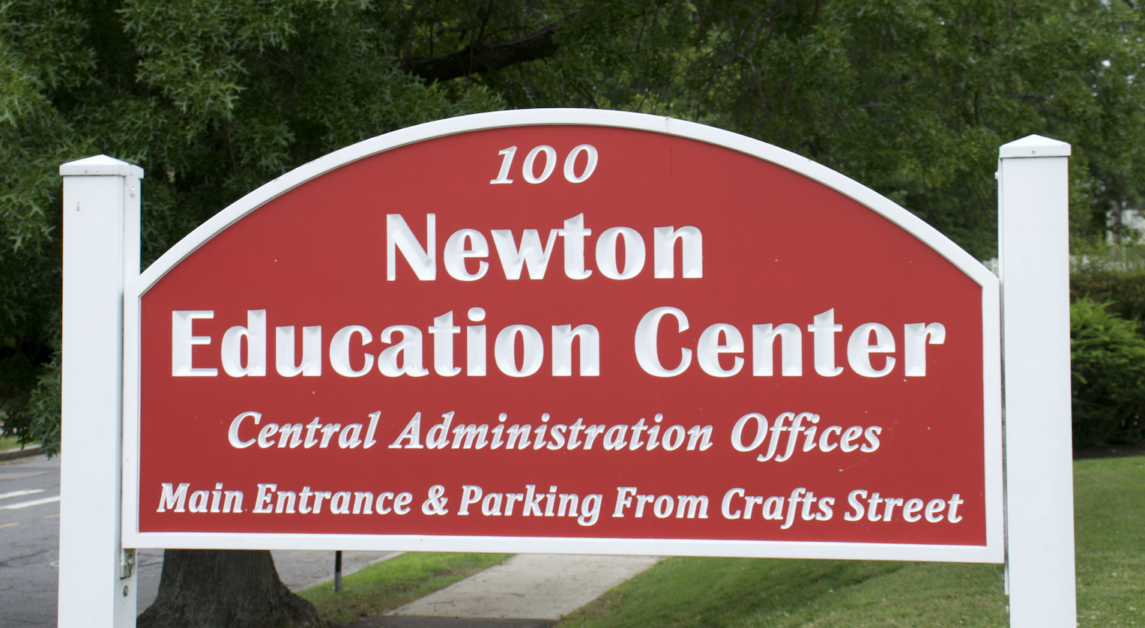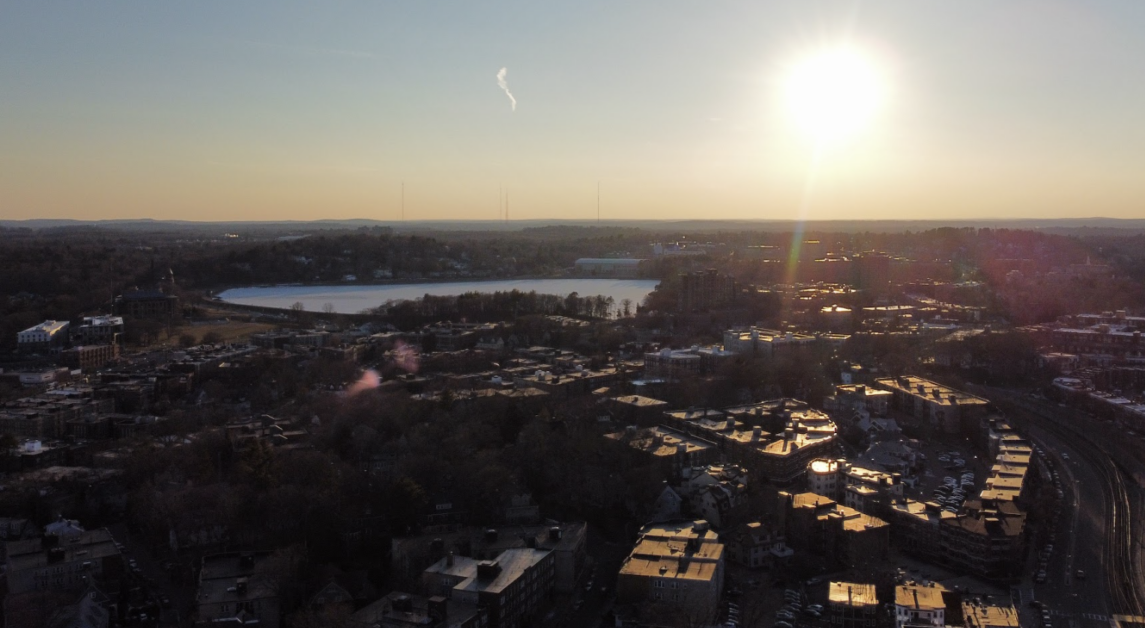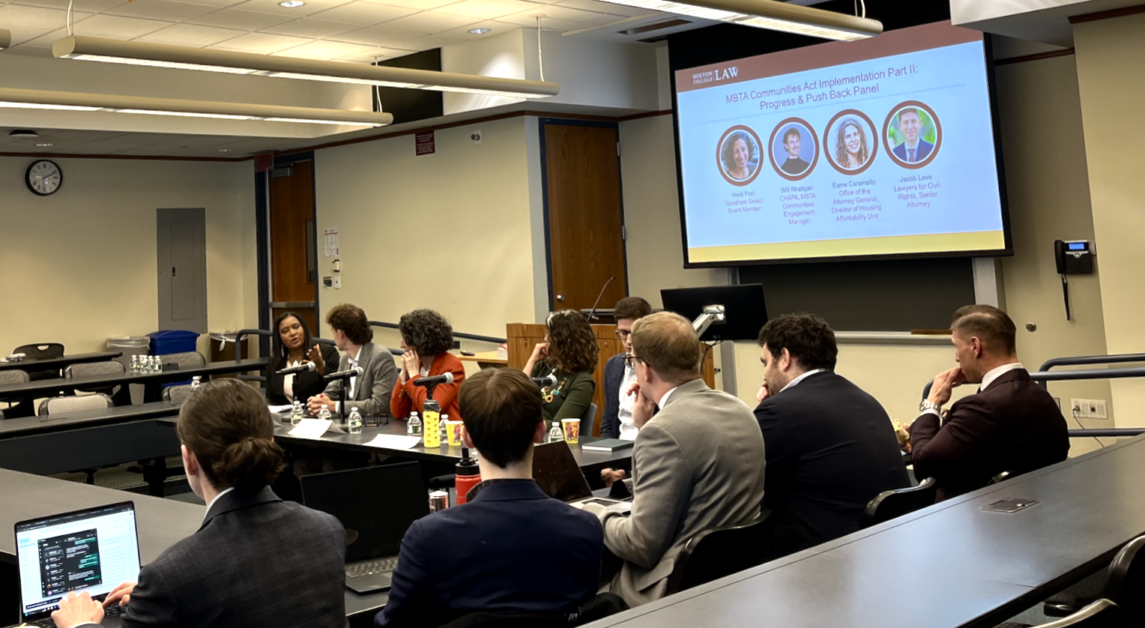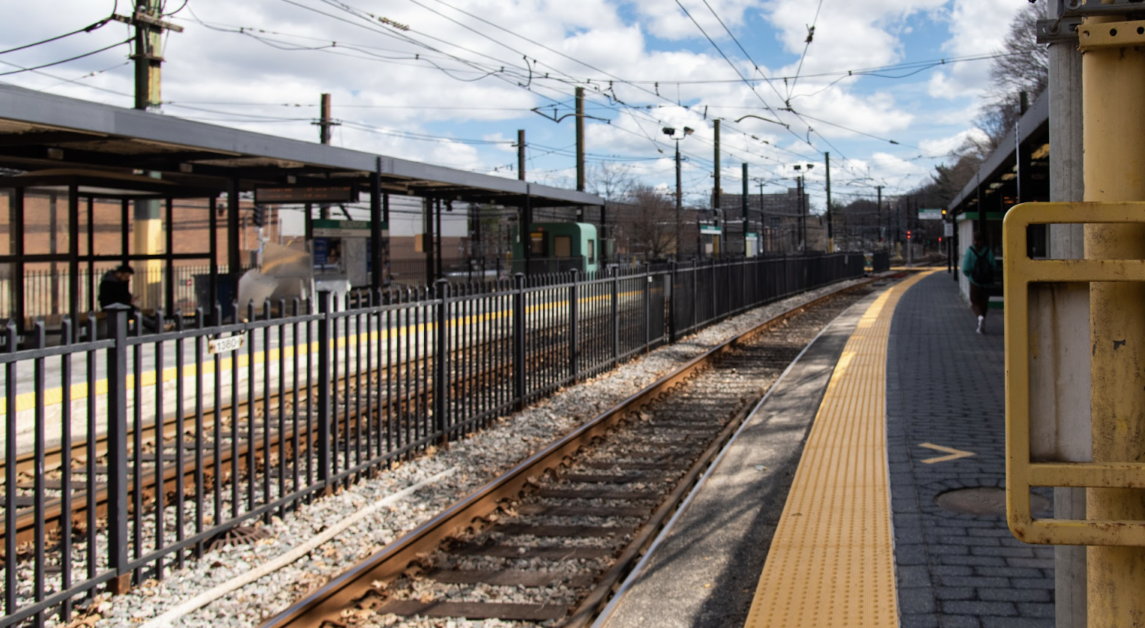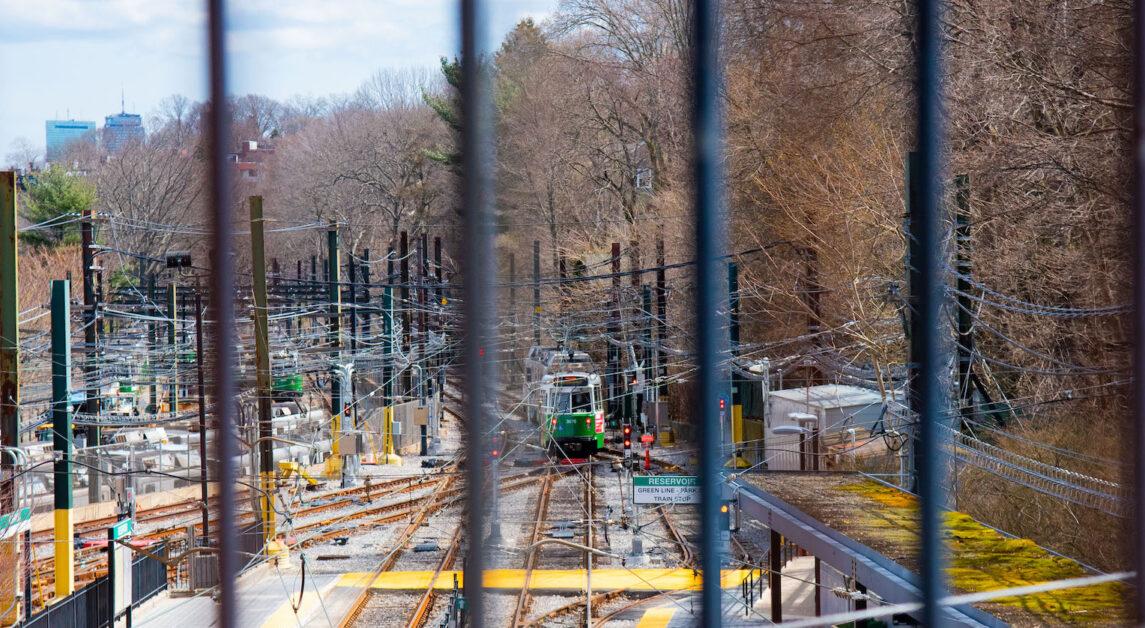The Massachusetts Bay Transportation Authority (MBTA) announced that the Newton-based D Branch of the Green Line will close for three nine-day periods over the next six weeks for repairs that will address safety concerns.
The Green Line’s D Branch repairs, announced on Sept. 16, include replacing over 6,000 feet of track, upgrading station crossings, and installing equipment, according to the MBTA’s website detailing the D Branch project.
“Many of the Green Line tracks are over 30 years old and have reached the end of their service life,” the MBTA said in a press release detailing the repairs and upgrades. “Replacing this track will improve safety, reliability, and provide smoother trips for riders.”
During the repairs, free shuttle buses will stop at stations between Riverside and Kenmore, replacing trains.
The MBTA announced the closures following recent safety incidents on MBTA vehicles, including a fire on an Orange Line train car in July and a death on the Red Line in April.
Just two weeks ago, waiting riders ran after smoke and sparks shot from a Green Line train approaching the MBTA’s Park Street Station. An overhead wire fell onto the tracks, causing the incident.
The safety events caught the attention of the Federal Transportation Administration (FTA), which wrote a letter to the MBTA in April notifying it that a safety management inspection (SMI) would take place from April to June 2022 and that a report of their findings would follow.
“The Federal Transportation Authority (FTA) is extremely concerned with the ongoing safety issues at the Massachusetts Bay Transportation Authority (MBTA),” Joe DeLorenzo, chief safety officer at the FTA, wrote in the letter.
In its report, the FTA wrote that the MBTA experienced a higher rate of reportable safety events—including a higher rate of derailments—from January 2019 to April 2022 compared to the rail transit industry’s average.
This trend continued during the inspection period and beyond, as the FTA noted numerous safety incidents, including train derailments, low-speed collisions, and suspensions of services.
“I can’t stress enough how much of an impact [it is] when FTA comes in and tells you that you’re deficient and you need to make improvements immediately,” said Terrance Regan, adjunct professor of city planning and urban affairs at Boston University. “So this was as big a wake-up call as I’ve ever seen the FTA make.”
The report preceded a series of repairs of MBTA lines over the past few months, and the Green Line’s D Branch is the latest section to undergo construction. The MBTA outlined its repairs, including the Green Line upgrades, in a recently published five-year capital plan.
In the plan, the MBTA acknowledged the FTA’s letter and the safety and infrastructure issues it raises, highlighting the planned improvements detailed in the Building a Better T initiative.
“This plan includes $9.6B in investments to improve our core infrastructure and advance key expansion initiatives, with the goal of expediting projects to increase safety, reliability, resiliency, and modernization of the system,” Steve Poftak, general manager of the MBTA, wrote in the plan, which was published in May.
The shuttle buses are costly but necessary to accommodate commuters in the Greater Boston area, according to David Bragdon, executive director of TransitCenter, a non-profit that focuses on improving public transportation across the U.S.
Minimizing the potential nuisance of switching from the T to buses during the closures is possible, though, according to Bragdon, who pointed to Boston’s coordinated shuttle system during the Orange Line closures.
“In the case of the Orange Line, the City of Boston primarily covered a lot of that territory, and with Mayor [Michelle] Wu and the MBTA, … they really created a parallel substitute bus system for that period,” Bragdon said. “I think that’s really the important thing—to be able to provide that alternative during the shutdown.”
One commuter at the Newton Centre Station, which is part of the D Branch, expressed his concerns about the efficiency of the shuttle bus system.
“One of the benefits of riding the T is that you avoid traffic, but the shuttles are obviously driving through traffic, which is kind of annoying,” said Danny Hames, a resident of Newton Centre, in an interview with The Heights.
The parking lots at the Waban and Eliot stations will also be closed to the public during the closures, posing another potential obstacle for local commuters. The lots will be used for track materials and vehicle storage, according to the MBTA.
In the hopes of easing the negative effects of these closures on the commuting process, Bragdon said affected communities like Newton should streamline the shuttle system by prioritizing bus traffic on local roads.
“It’s really important for the local municipalities like the City of Newton or Brookline or any of the other jurisdictions to give the buses priority on the street and so that the substitute buses can be expedited in a speedy way,” Bragdon said.
Yet another decision that affects the closures’ impact on commuters, according to Bragdon, is the length of the construction itself, with the D Branch closing three times for a total of 27 days through Oct. 30, according to the MBTA’s timeline of construction.
“I’m assuming that what [the MBTA] did is they wanted to spread the work out enough,” Regan said. “Maybe it would allow the people who use the D line to have a normal week and then a bad week.”
Shutting down entire lines of a major city’s transportation system is not uncommon, according to Bragdon.
“In Chicago, … they had a similar sort of situation, and they decided that they would close it for several months to get all of the work done,” Bragdon said. “And that was better than sort of trying to do it all at night because it’s very inefficient to try to get all the work done just in five hours.”
Hames said that the construction is an inconvenient but necessary step.
“I hope that [the MBTA] gets it done,” he said. “I know it’s for safety, so hopefully it’s done quickly and on time.”
Regan also acknowledged the frustrating effects that a complete shutdown could have on local commuters but noted that it is necessary in the long run to ensure that the MBTA is as safe as possible for its riders.
“With any construction project … you’ve got to inconvenience somebody,” Regan said. “So while I am kind of bereft over the fact that the T recently has not operated well, my hope is that it’s a wake-up call for them to reemphasize their current operations and maintenance and be focused on safety.”

